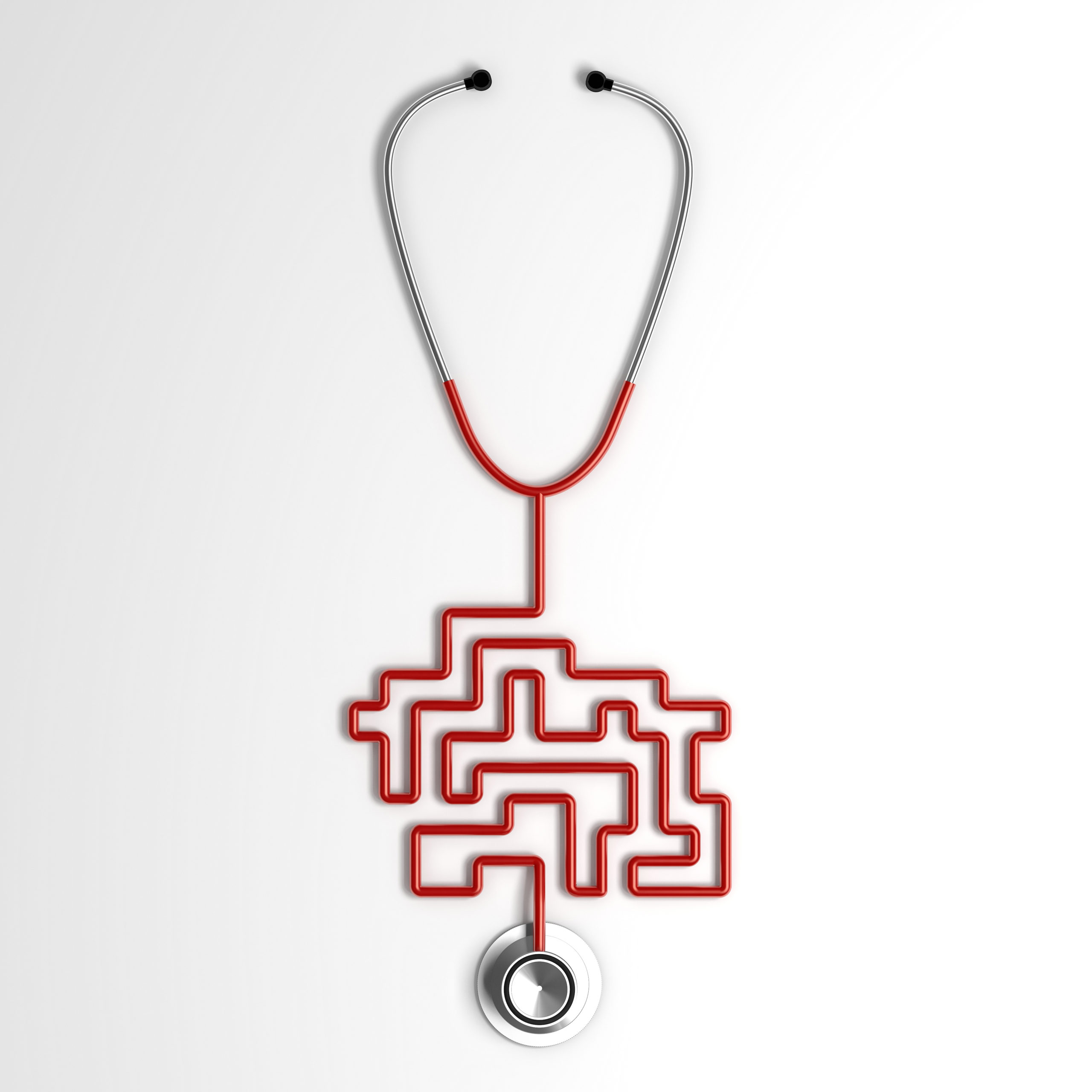A friend called me to ask for help to decipher her prescription. It had an instruction that said “b.i.d.” I explained to her that this meant “twice daily.” While her issue got sorted, it created a curiosity in me to explore a little further about why people find health instructions and messages difficult to understand. In this case, it was jargon, and hence, we can conclude that plain language would have been ideal. Most people lack the functional understanding of common medical terms. Much of the focus on challenges of health literacy are centered around the fact that health information is too technical and not user-friendly, and this dissuades the general public to even attempt to understand it.
While the above is true, there are lot more factors at play that make it tough to understand health information.

Printed and visual messages
Reading comprehension is the key that unlocks the world of healthcare information. Comprehension involves understanding the language, the context and using logic to merge with experience. In most instances, all this happens under mental stress. It involves a variety of complex cognitive tasks. That’s a lot!
Assuming the readers have a fairly good comprehension, what do they do when they have conflicting information available on a particular topic? Immunizations are a classic case of conflicting information about their benefits. The anti-vaccine lobby has been very persuasive in motivating people to opt-out of vaccines and even encouraged them to adopt risky behaviors as a means to gain immunity. This calls for conflict resolution strategies from the viewer. For example, they might seek to determine the relative truthfulness, the trustworthiness of different experts, or evaluate the consistency of the information— all while considering their preexisting beliefs. The manner in which they resolve their conflict impacts their understanding and decision-making.
Even infographics have their share of challenges of comprehension. A focus group discussion on health messaging about preconceptual intake of folic acid to prevent neural tube defect revealed that an individual’s domain consisting of low literacy, preconceived associations, and traditional health beliefs interacted with the health system’s domain of complex images, subtle concepts, and taboo images on posters to cause widespread misunderstandings of the visuals used in the campaign.
Audio messages may be used in settings of low literacy or vision challenges. While the issue of inability to read may have been overcome here, comprehension still remains a challenge. A listener’s ability to process the audio messaging, their belief system, and capabilities impact the understanding.
Physician-patient interaction
Let us turn our attention to the typical physician-patient interaction. I spoke to Dr. Subramanian, a developmental pediatrician with two decades of experience in the field. He observes multiple aspects that influence the understanding of health messaging. Interestingly, many patients come to consult him to confirm their self-diagnosis of the illness or the condition. He says, “They come seeking a prescription of antibiotics or seeking a recommendation for a scan!” This preconceived belief interferes with their ability to understand reality. Most people are more interested in understanding the symptoms and results of their sickness rather than the causes of the disease. This influences their comprehension. Dr. Subramanian tries to address all this by gauging them even before they start, and he tries to assuage their concerns.
The next interesting aspect is the decision-maker. The key decision-maker in the patient’s family influences the comprehension of the given medical advice. More so in his practice as developmental pediatrician where there may be an identification of red flag. For instance, if there is a speech delay, despite counseling, the key decision-maker may have their intrinsic beliefs about the issue and may interfere with the comprehension of the advice. They may perceive their reality differently and fail to understand the importance of the advice given. This, unfortunately, affects the outcomes. The mother may have come for the consultation, but the key decision-maker may be the father or a grandparent at home. Understanding the dynamics of the family dynamic is key, he says, and he makes a quick call to the key influencer and tries to set it right.
Another challenge is that certain unhealthy behaviors are stigmatized with identity given to people who practice them, and it lowers their confidence to seek and comprehend health messages. “Public health educators and communication campaigns can contribute to positive social norm change and motivate healthy behaviors by incorporating strategies that attempt to disentangle unhealthy behaviors from identity.” – Moore et. al.
Challenge of emerging evidence and evolving situation
Let us take the present context of COVID -19. Information and instructions get updated constantly based on emerging evidence, but the public often fails to understand this. This is seen as an inconsistency, and they are unable to accept it. Such experiences lower their confidence in being capable of understanding health information. Adding to the challenge is the vast disinformation available through social media. Under these circumstances, communicators need to articulate the strength of the available evidence to create an understanding.
What does this mean?
Well, this is a long list of reasons, and it is not exhaustive for sure. Let’s go back to my friend who sought my help. She had a choice. She could have searched online for the information, but she sought my help. What’s the reason for that? TRUST. Yes, it all sums up to trust. Healthcare is about trust, consistency and confidence. Health messaging needs to create trust. Empathize with the public in creating user-friendly messaging to make it easy to understand and enticing to act upon.
Further Reading:
Multiple Document Comprehension: An Approach to Public Understanding of Science




